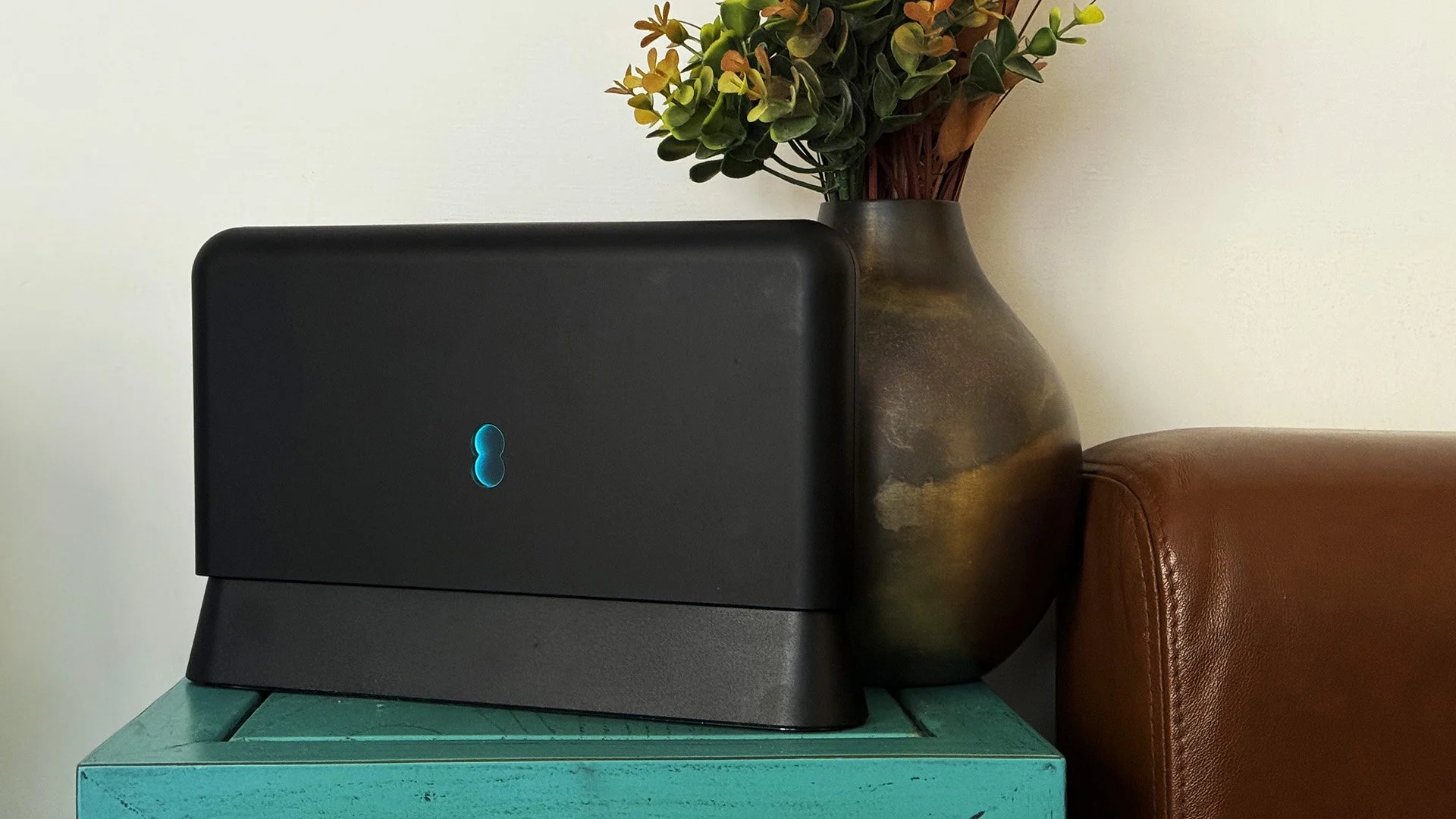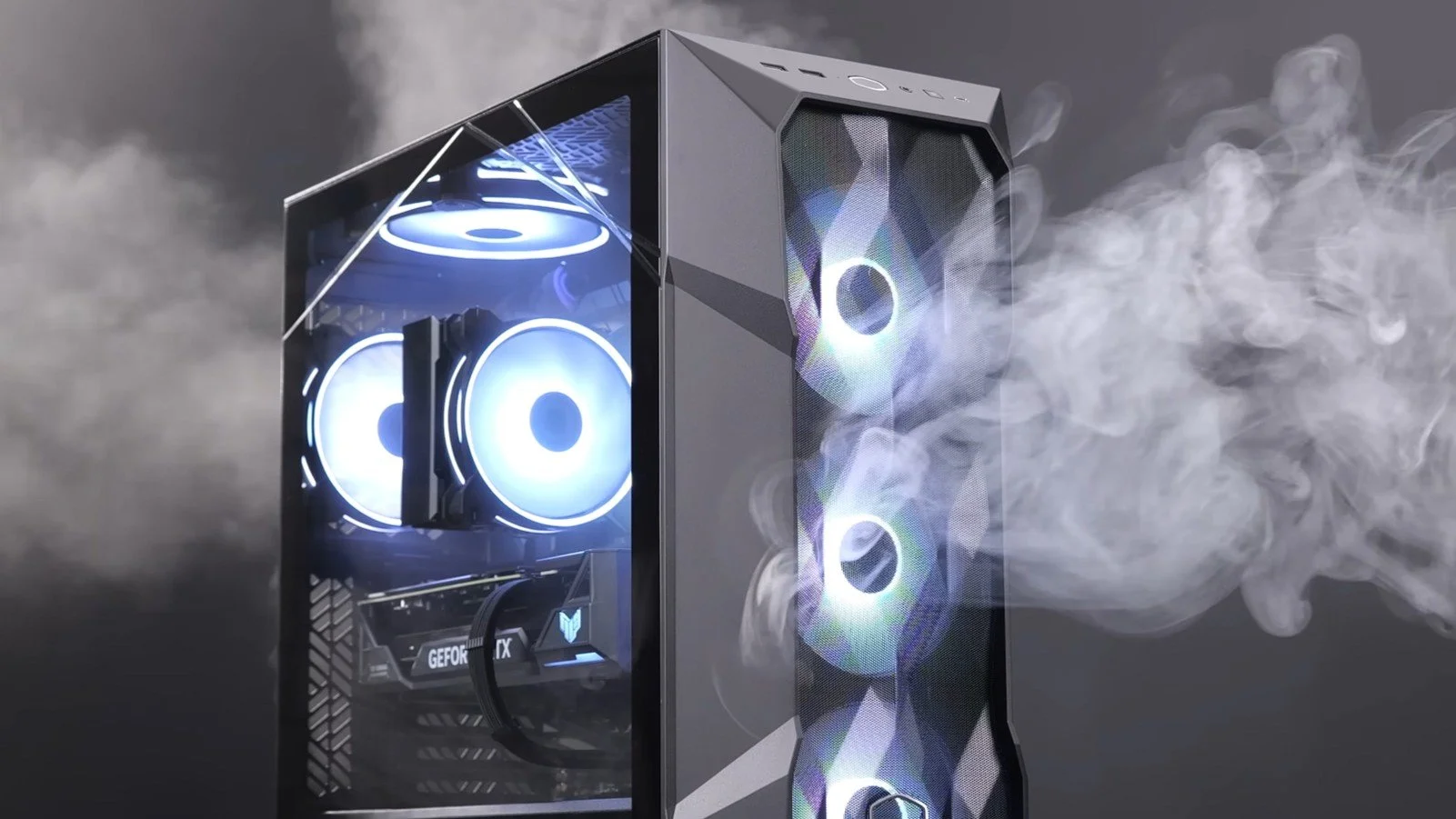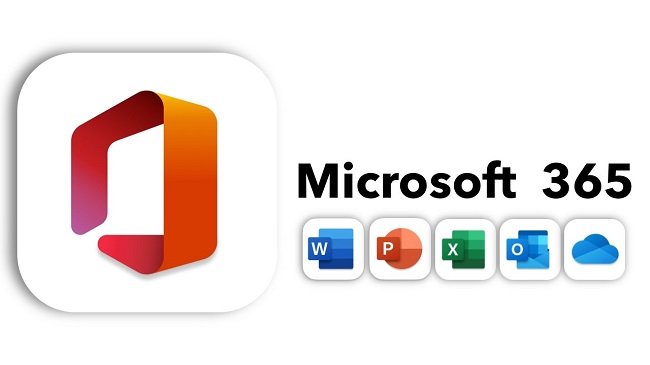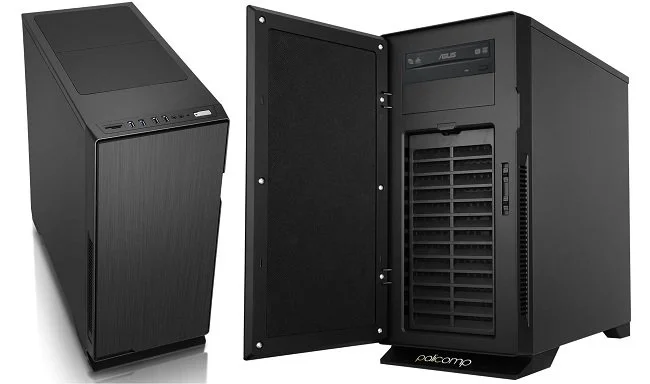Upgrade Culture
Prior to her retirement in 2014, Mrs P bought a HP laptop (HP 15-g094sa). The model was chosen based upon her needs and budget. The fact that it was purple was also a contributory factor. This laptop came with Windows 8 installed and over the years has been upgraded to Windows 10. Being an older model it has a HDD rather than a SSD. However, given what it is used for, IE emails and online shopping and nothing else, it has always been able to cope with the task in hand. 8 years later the specifications should still be adequate to do these specific things (AMD Quad-Core A8-6410 APU). Sadly, the continued growth of Windows 10 has meant that the operating system has gotten bigger and more bloated with features. Hence this laptop struggles with updates, often spending 30 minutes or more each time it’s turned on, which is possibly only once a week. Overall, it is no longer the useful and convenient tool that it was when bought.
Recently, Google sent an email regarding it ceasing support for older email clients that don’t conform to the latest security protocols. Mrs P’s laptop has an installation of Microsoft Office 2010 and Outlook will no longer be able to download directly from her gmail account in May. Combined with the performance issues caused by the ever increasing heft of Windows 10, I recommended that the laptop was replaced and Office 365 installed. To cut a long story short a new HP laptop has been purchased (HP 14s-dq2019na). This new model based on an Intel Core i3 processor is more than adequately specified to run Windows 10 and I will probably take the opportunity to upgrade to Windows 11. However, this costly undertaking, which also comes with a requirement to migrate data, has purely been driven by Microsoft and Google. Considering what the laptop is used for, the original specifications of the first model should still be adequate. This is all down to upgrade culture.
Upgrade culture seems to be driven by several factors. The ever growing software which reduces performance in return for superfluous functionality. The myth that anything new is by default superior, despite the fact that in the mobile phone and tablet market we’ve seen a slow down in significant performance increases between new hardware releases. And then there’s the “accessorisation” of technology. Tech is no longer just functional, it’s fashionable, aspirational and inspirational, as well as other bullshit marketing terms. Apparently, I’m due a mobile phone upgrade roundabout now. There’s nothing wrong with the Samsung Galaxy S10 5G that I currently own. I’ve had this since December 2019 and the phone is in good condition and performs just as well as it did back then. Anything new will simply have a fancier camera, although I dispute claims that I need better than I have already. Other sellings points will more than likely be gimmicks or that is how I perceive them. A screen that folds is not essential for me.
I am aware that I could install an alternative operating system on Mrs P’s laptop and it would potentially run as good as it did back in 2014 but that is not ideal for someone who is not especially confident with tech per se. Ultimately, we’re fortunate to be in the position to afford a replacement laptop although it is somewhat galling when one considers that the requirement to upgrade has been forced upon the user for “questionable” reasons. If Microsoft and other companies insist upon expanding the functionality of their software, it would be nice to be able to selectively remove the “stuff” you don’t want. Especially if it has an impact upon your systems performance. But I suppose that a free product such as Windows is not going to allow that sort of control and empowerment to be available to customers. It would impact hardware sales and upset an established business model. So we continue to upgrade continuously, while our obsolete tech piles up, awaiting recycling. The phrase “unsustainable” comes to mind for some reason.

























